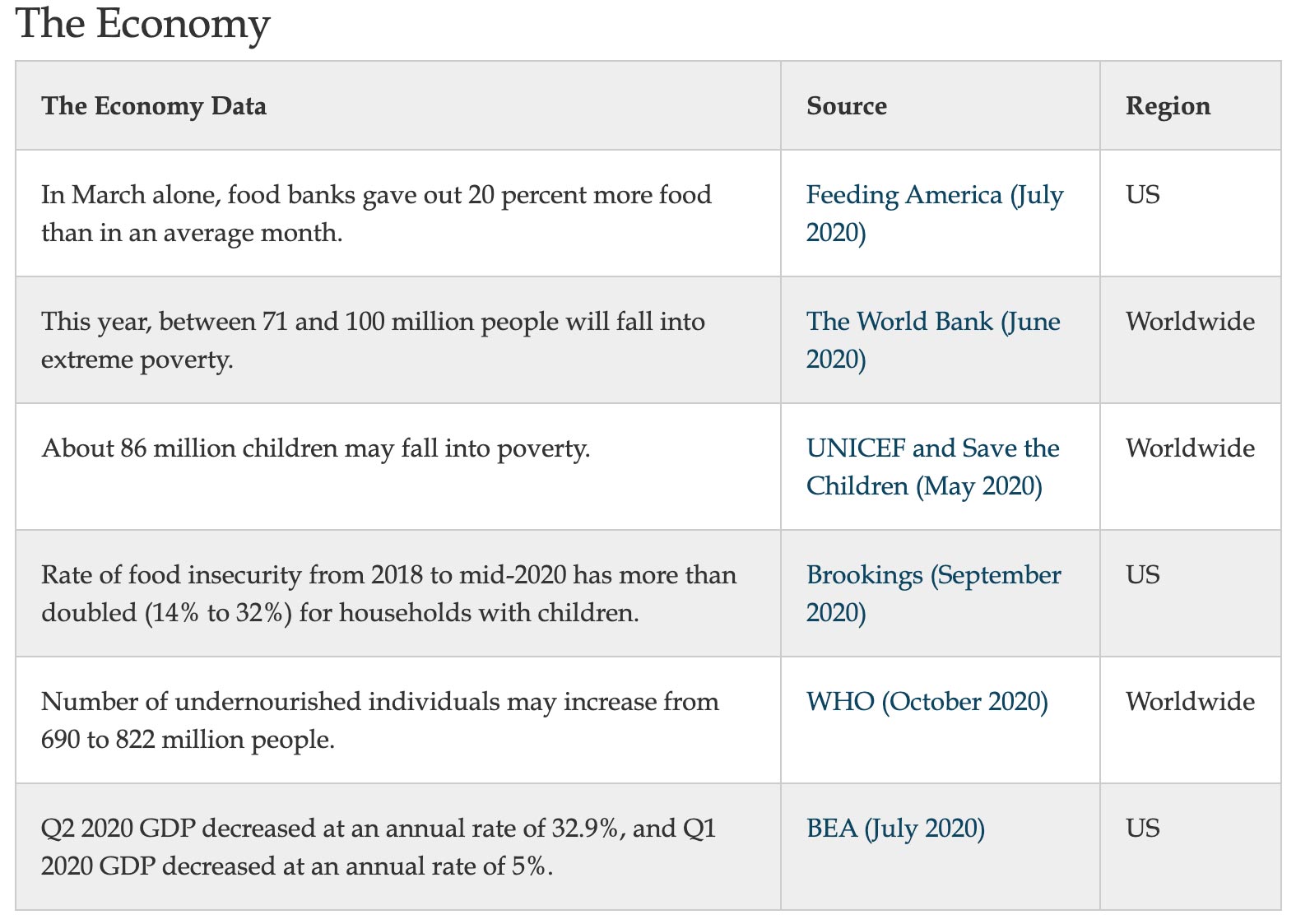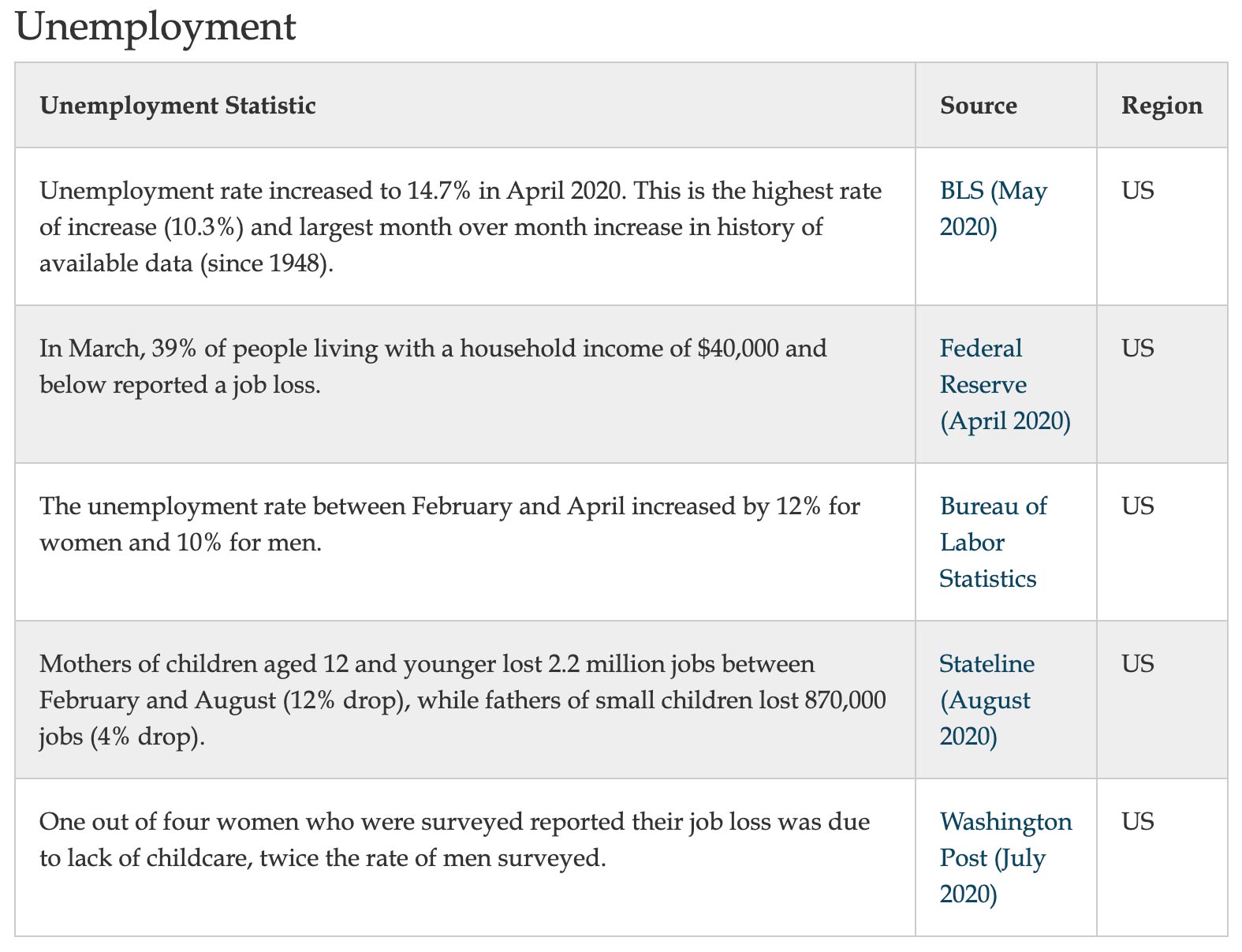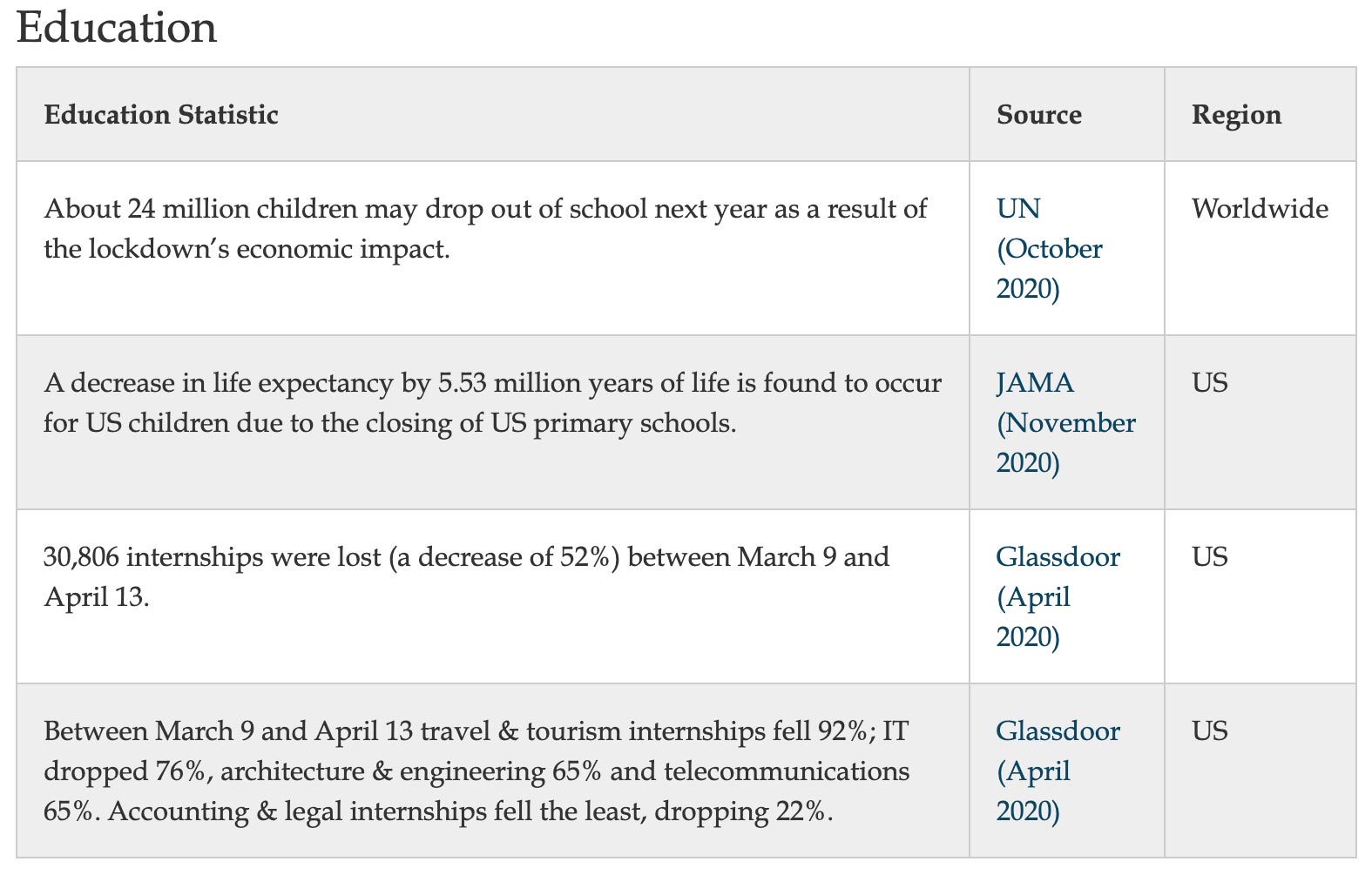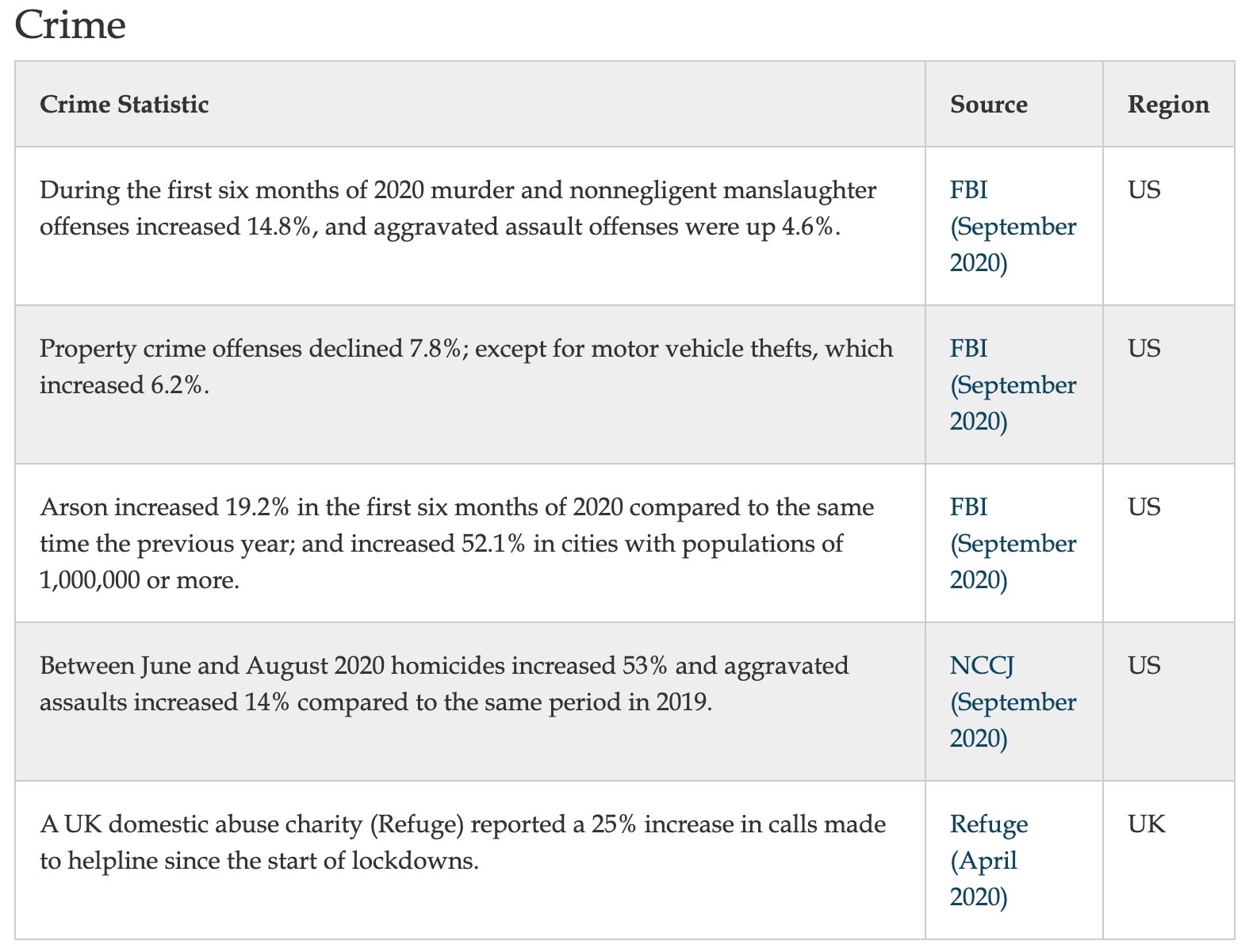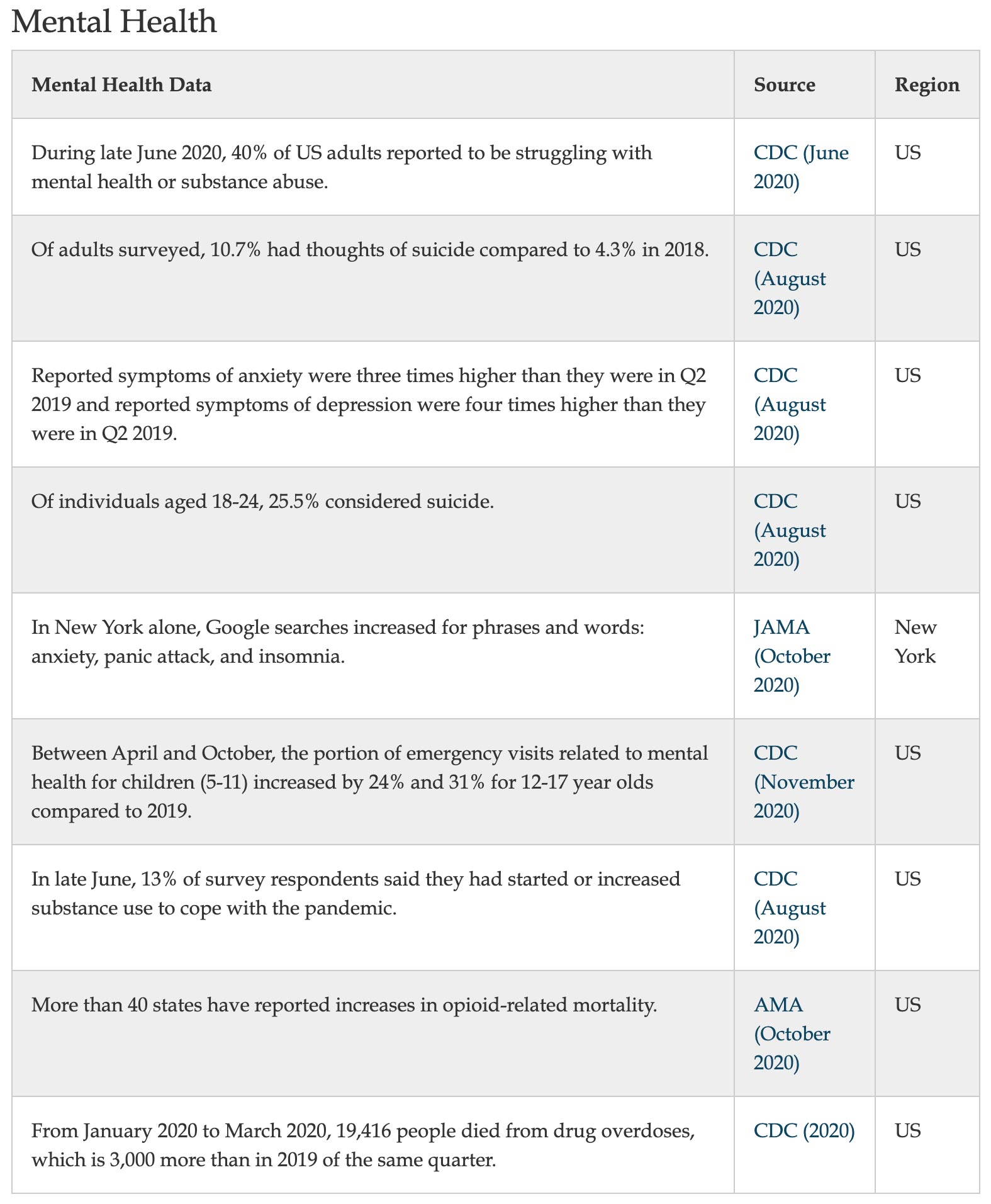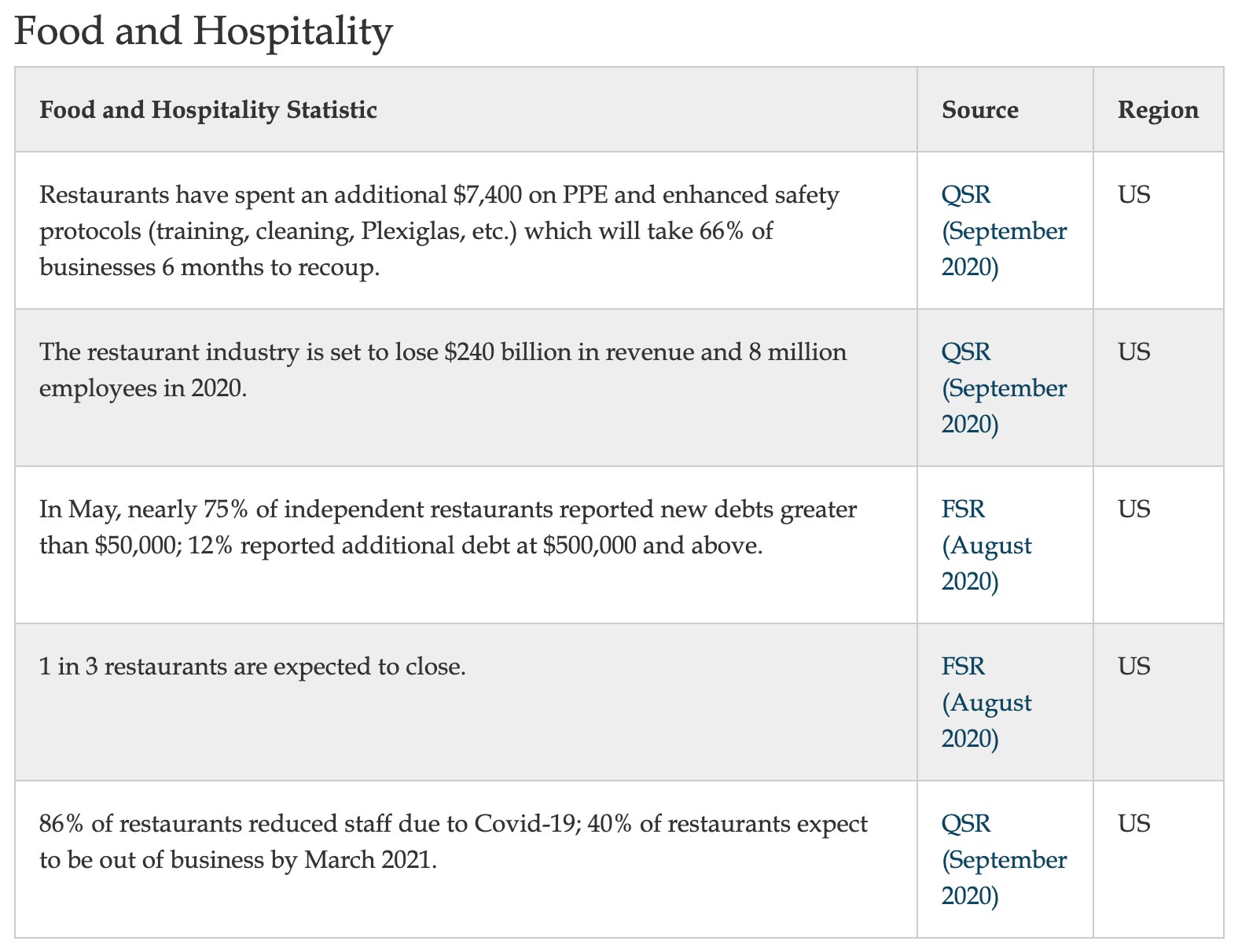Lockdown is a blunt, indiscriminate policy that forces the poorest and most vulnerable people to bear the brunt of the fight against coronavirus. As an infectious diseases epidemiologist, I believe there has to be a better way.
That is why, earlier this month, with two other international scientists, I co-authored a proposal for an alternative approach — one that shields those most at risk while enabling the rest of the population to resume their ordinary lives to some extent.
I expected debate and disagreement about our ideas, published as the Great Barrington Declaration.
As a scientist, I would welcome that. After all, science progresses through its ideas and counter-ideas.
But I was utterly unprepared for the onslaught of insults, personal criticism, intimidation and threats that met our proposal. The level of vitriol and hostility, not just from members of the public online but from journalists and academics, has horrified me.
I am not a politician. The hurly-burly of political life and being in the eye of the media do not appeal to me at all.
I am first and foremost a scientist; one who is far more comfortable sitting in my office or laboratory than in front of a television camera.
Of course, I do have deeply held political ideals — ones that I would describe as inherently Left-wing. I would not, it is fair to say, normally align myself with the Daily Mail.
I have strong views about the distribution of wealth, about the importance of the Welfare State, about the need for publicly owned utilities and government investment in nationalised industries.
But Covid-19 is not a political phenomenon. It is a public health issue — indeed, it is one so serious that the response to it has already led to a humanitarian crisis. So I have been aghast to see a political rift open up, with outright abuse meted out to those who, like me, question the orthodoxy.
At the heart of our proposal is the recognition that mass lockdowns cause enormous damage.
We are already seeing how current lockdown policies are producing devastating effects on short and long-term public health.
The results — to name just a few — include lower childhood vaccination rates, worsening cardiovascular disease outcomes, fewer cancer screenings and deteriorating mental health.
Such pitfalls of national lockdowns must not be ignored, especially when it is the working class and younger members of society who carry the heaviest burden.
I was also deeply concerned that lockdowns only delay the inevitable spread of the virus. Indeed, we believe that a better way forward would be to target protective measures at specific vulnerable groups, such as the elderly in care homes.
Of course, there will be challenges, such as where people are being cared for in their own multi-generational family homes.
I am certainly not pretending I have all the answers, but these issues need to be discussed and thrashed out thoroughly.
That is why I have found it so frustrating how, in recent weeks, proponents of lockdown policies have seemed intent on shutting down debate rather than promoting reasoned discussion.
It is perplexing to me that so many refuse even to consider the potential benefits of allowing non-vulnerable citizens, such as the young, to go about their lives and risk infection, when in doing so they would build up herd immunity and thereby protect the lives of vulnerable citizens.
Yet rather than engage in serious, rational discussion with us, our critics have dismissed our ideas as ‘pixie dust’ and ‘wishful thinking’.
This refusal to cherish the value of the scientific method strikes at the heart of everything I, as a scientist, hold dear. To me, the reasoned exchange of ideas is the basis of civilised society.
So I was left stunned after being invited on to a mid-morning radio programme recently, only for a producer to warn me minutes before we went on air that I was not to mention the Great Barrington Declaration. The producer repeated the warning and indicated that this was an instruction from a senior broadcasting executive.
I demanded an explanation and, with seconds to go, was told that the public wouldn’t be familiar with the meaning of the phrase ‘Great Barrington Declaration’.
And this was not an isolated experience. A few days later, another national radio station approached my office to set up an interview, then withdrew the invitation. They felt, on reflection, that giving airtime to me would ‘not be in the national interest’.
But the Great Barrington Declaration represents a heartfelt attempt by a group of academics with decades of experience in this field to limit the harm of lockdown. I cannot conceive how anyone can construe this as ‘against the national interest’.
Moreover, matters certainly are not helped by outlets such as The Guardian, which has repeatedly published opinion pieces making factually incorrect and scientifically flawed statements, as well as borderline defamatory comments about me, while refusing to give our side of the debate an opportunity to present our view.
I am surprised, given the importance of the issues at stake — not least the principle of fair, balanced journalism — that The Guardian would not want to present all the evidence to its readers. After all, how else are we to encourage proper, frank debate about the science?
On social media, meanwhile, much of the discourse has lacked any decorum whatsoever.
I have all but stopped using Twitter, but I am aware that a number of academics have taken to using it to make personal attacks on my character, while my work is dismissed as ‘pseudo- science’. Depressingly, our critics have also taken to ridiculing the Great Barrington Declaration as ‘fringe’ and ‘dangerous’.
But ‘fringe’ is a ridiculous word, implying that only mainstream science matters. If that were the case, science would stagnate. And dismissing us as ‘dangerous’ is equally unhelpful, not least because it is an inflammatory, emotional term charged with implications of irresponsibility. When it is hurled around by people with influence, it becomes toxic.
But this pandemic is an international crisis. To shut down the discussion with abuse and smears — that is truly dangerous.
Yet of all the criticisms flung at us, the one I find most upsetting is the accusation that we are indulging in ‘policy-based evidence-making’ — in other words, drumming up facts to fit our ideological agenda.
And that ideology, according to some, is one of Right-wing libertarian extremism.
According to Wikipedia, for instance, the Great Barrington Declaration was funded by a Right-wing think-tank with links to climate-change deniers.
It should be obvious to anyone that writing a short proposal and posting it on a website requires no great financing. But let me spell it out, since, apparently, I have to: I did not accept payment to co-author the Great Barrington Declaration.
Money has never been the motivation in my career. It hurts me profoundly that anyone who knows me, or has even a passing professional acquaintance, could believe for a minute that I would accept a clandestine payment for anything.
I am very fortunate to have a house and garden I love, and I couldn’t ask for more material wealth than that. Far more important to me are my family and my work. Yet the abuse continues to flood in, increasingly of a personal nature.
I have been accused of not having the right expertise, of being a ‘theoretical’ epidemiologist with her head in the clouds. In fact, within my research group, we have a thriving laboratory that was one of the first to develop an antibody test for the coronavirus.
We were able to do so because we have been working for the past six years on a flu vaccine, using a combination of laboratory and theoretical techniques. Our technology has already been patented and licensed and presents a rare example of a mathematical model leading to the development of a vaccine.
Even more encouraging, however, is that there is now a groundswell of movements — Us For Them, PanData19 and The Price of Panic, to name but three — seeking to give a voice to those, like me, who believe that the collateral damage of lockdown can be worse than the virus itself.
On Thursday, a broad coalition was launched under the banner of Recovery. Drawing people from across the mainstream of political views, the movement is calling for balance and moderation in our response to Covid-19, backed by a proper public debate and a comprehensive public inquiry.
I am delighted that it has received such a level of support.
For, ultimately, lockdown is a luxury of the affluent; something that can be afforded only in wealthy countries — and even then, only by the better-off households in those countries.
One way to go about shifting our perspective would be to catalogue all the ways in which lockdowns across the world are damaging societies. At present, I am collaborating with a number of colleagues to do just this, under the banner www.collateralglobal.org.
For the simple truth is that Covid-19 will not just go away if we continue to impose enough meaningless restrictions on ourselves. And the longer we fail to recognise this, the worse will be the permanent economic damage — the brunt of which, again, will be borne by the disadvantaged and the young.
When I signed the Great Barrington Declaration on October 4, I did so with fellow scientists to express our view that national lockdowns won’t cure us of Covid.
Clearly, none of us anticipated such a vitriolic response.
The abuse that has followed has been nothing short of shameful.
But rest assured. Whatever they throw at us, it won’t do anything to sway me — or my colleagues — from the principles that sit behind what we wrote.
Dr. Gupta is a professor at Oxford University, an epidemiologist with expertise in immunology, vaccine development, and mathematical modeling of infectious diseases.
************
This column from American Institute for Economic Research is republished with permission. ©All rights reserved. The opinions expressed may not necessarily reflect the views of The Prickly Pear or of the sponsors.

